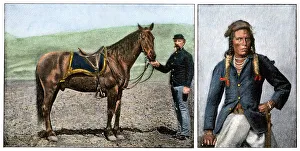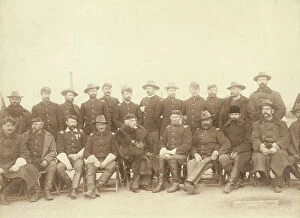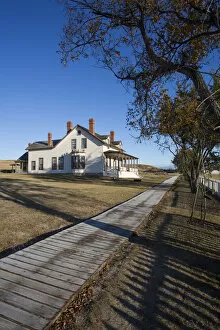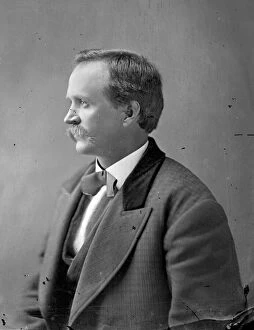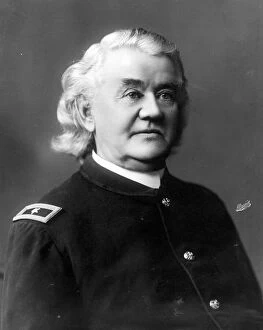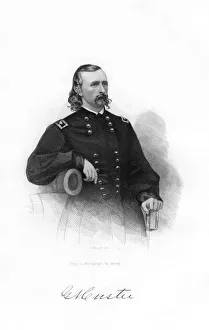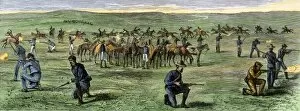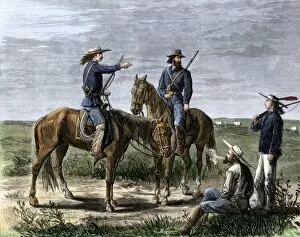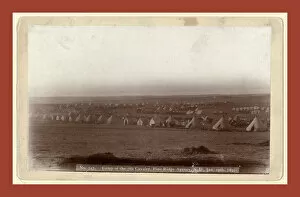7th Cavalry Collection
"7th Cavalry: Survivors of Custer's Last Stand, Heroes on Horseback" In the vast plains of Montana, amidst the echoes of history
All Professionally Made to Order for Quick Shipping
"7th Cavalry: Survivors of Custer's Last Stand, Heroes on Horseback" In the vast plains of Montana, amidst the echoes of history, the 7th Cavalry emerges as a symbol of resilience and bravery. Led by General George A. Custer, this renowned unit faced its ultimate test in the Battle of Little Bighorn. On that fateful day in June 1876, their valiant charge against Native American warriors forever etched their name into the annals of military lore. The horse-mounted soldiers and skilled scouts fought with unwavering determination to defend their cause. Among these courageous men was Curley, a Crow Indian scout who played a vital role in relaying crucial information to his comrades. His knowledge of the terrain proved invaluable as they navigated through treacherous landscapes. The haunting artwork by Amos Bad Heart Buffalo captures the intensity and chaos that engulfed those two days at Little Bighorn. It serves as a poignant reminder of both triumph and tragedy. Fort Abraham Lincoln State Park stands today as a testament to Lieutenant Colonel Custer's residence before embarking on his ill-fated expedition. Here lies an opportunity for visitors to delve deeper into this chapter of American history. Yet not all stories end tragically; some are marked by survival against all odds. The discovery of skeletons from Kidder Massacre reveals another harrowing episode where American soldiers fell victim to Indian attacks in July 1867. Charley Reynolds and Colonel Frederick Benteen stand tall among these survivors' ranks - captured forever in black-and-white photographs that encapsulate their spirit and resolve during this tumultuous era. The lithograph depicting the Battle of Little Bighorn transports us back to those chaotic moments when heroes clashed with painted and befeathered red men, and is an image frozen in time but alive with tales untold.

